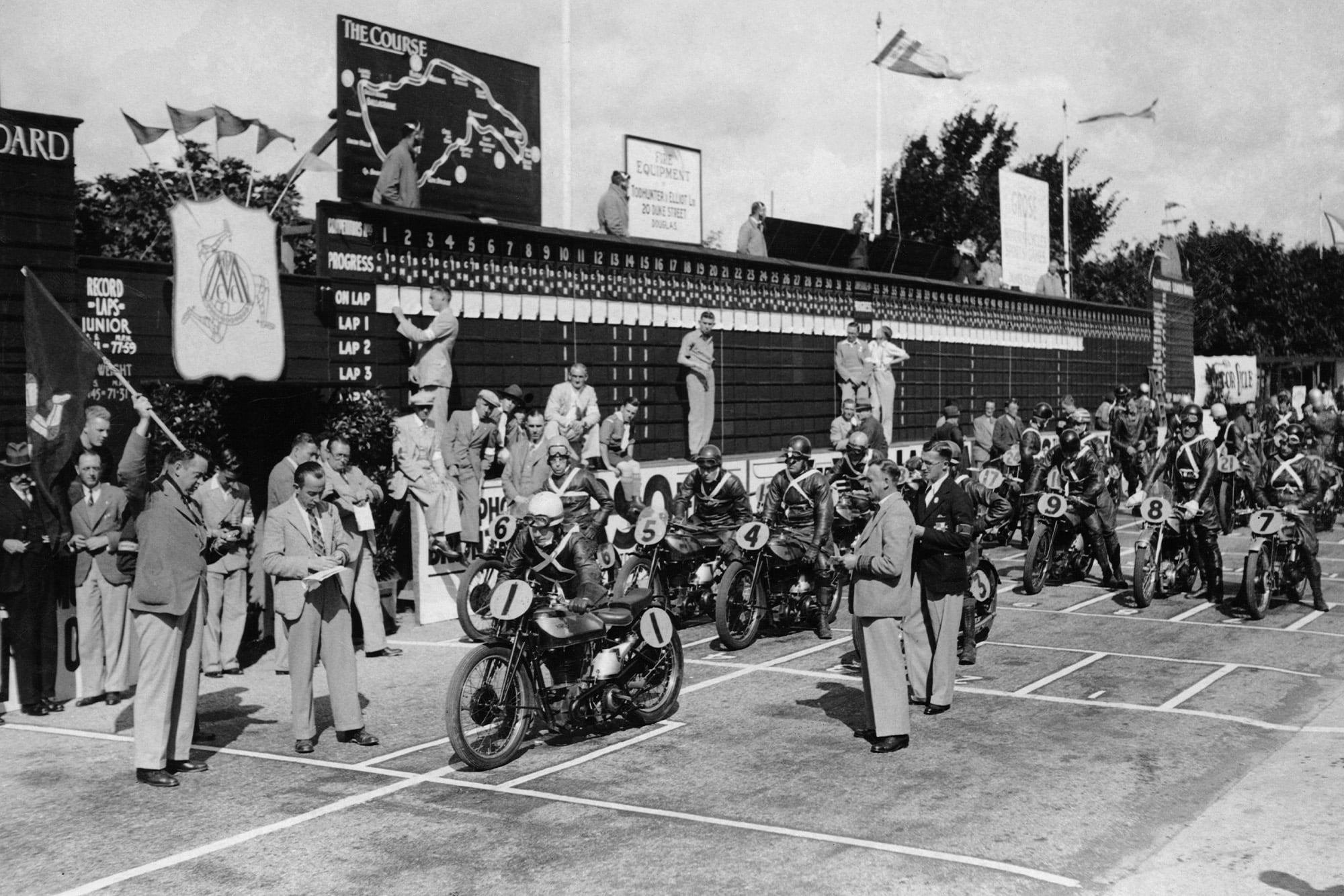A loss of 6 BHP midrange to gain 3 BHP at the top might not be a good way to go if the gearbox is not close ratio. With wider ratios more midrange is needed. - Depends a bit on the circuit. If the motor is continually well on the boil 3 BHP extra at the top might be OK. I think it was at Silverstone that PW was faster than the TZ750s.
I am surprised the Norton factory was not more methodical - they employed some very good guys.
The Japanese did not seem to be shy about sharing secrets.
It would be interesting to know how the Manx was developed by Joe Craig.
I used to have Triumphs - Nortons seem to be much better.
How do you know if the 'Norton Factory' was methodical or not? What is your assertion based on? What do you mean by 'Norton Factory'? I guess we are talking the period after AMC, who purchased Norton in 1953, and went bust in 1966. So realistically I guess you mean the Norton Commando period from cradle to grave between '67 and '76. Over that period the relevant 'factories' were operated under the Norton Villiers banner, and then the Norton Villiers Triumph organisation, a forced marriage.
In the 1970s Norton road bike development was supported by the Norton 'Experimental Department'. And the John Player race team effort was supported by the Thruxton race shop. Different organisations with different responsibilities.
If you are talking about the race shop you are really talking about a few guys in a shed at Thruxton. Talk to Norman White, he might tell you how they worked. They had a dyno, they built engines, they tested them on the dyno and on the local race track and every weekend of the race season in the hands of Norton employees and racers. They made modifications, they made adjustments, they wrote stuff down! They created drawings when needed to make stuff repeatable. Sounds methodical to me, but who knows.
Norman might also tell you that Peter Williams came up with a new cam profile every couple of weeks! And that some of them worked on the dyno, and some of them worked on the race track!
Evidence suggests most of them were variations on a 2S/4S theme. Small improvements rather than radical changes I suspect, with the occasional damp squib. As far as I can see they had no responsibility to feed their development work to the experimental department and by that I mean, no responsibility to develop anything for road use!
The PW3 profile has no direct relationship to PWs time at Norton, being a later development by Peter as a private individual, a development aided by computing technology that was not available in the early 1970s. Do get a copy of Peter's book.
And try to imagine British industry as a loose association of individuals, some trying to do things they were not responsible for, just because they wanted to! Managed by people who had no idea what the engineers and others that worked for them were doing most of the time! Certainly that better reflects the parts of British industry I worked in over 30 years.

